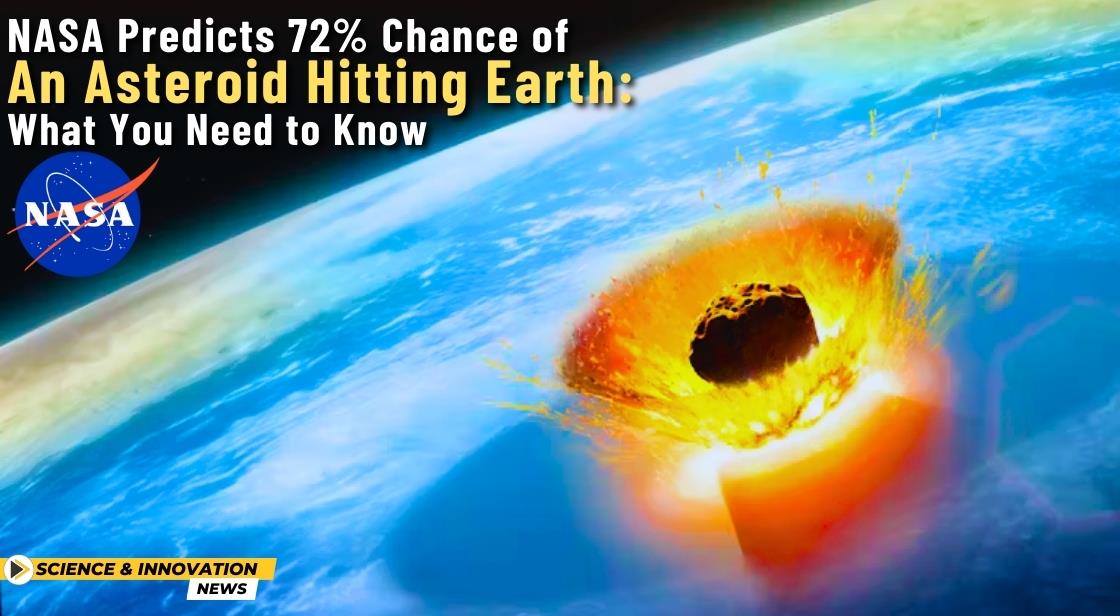NASA Predicts 72% chance of an asteroid hitting Earth: What You Need to Know

News Synopsis
NASA's Jet Propulsion Laboratory (JPL) plays a vital role in safeguarding our planet. The JPL diligently tracks near-Earth objects (NEOs) such as asteroids and comets, analyzing their trajectories to categorize them as hazardous or non-hazardous. With numerous asteroids buzzing past Earth daily, a recent exercise focused on a particular object with a concerningly high chance of impact.
Planetary Defense Exercise Simulates Potential Asteroid Impact
A report summarizing NASA's Fifth Asteroid Impact Exercise reveals a simulated scenario where a previously undetected asteroid has a 72% probability of hitting Earth in approximately 14 years. This hypothetical experiment aimed to explore potential risks, impact probabilities, and response options for such space object threats.
"A large asteroid impact is potentially the only natural disaster humanity has the technology to predict years in advance and take action to prevent," commented Lindley Johnson, former Planetary Defense Officer at NASA.
The exercise involved the discovery of a fictional asteroid on a collision course with Earth. However, scientists were unable to determine the object's precise size, composition, or long-term trajectory. Interestingly, the information gleaned during the exercise mirrored data from NASA's Double Asteroid Redirection Test (DART) mission. The DART mission successfully demonstrated the use of a kinetic impactor to alter an asteroid's trajectory, offering a potential solution in real-world scenarios.
Challenges and the Importance of Global Collaboration
The exercise also highlighted limitations in current resources for planning and executing space missions for disaster response. Effectively addressing such threats requires immediate global attention and coordinated efforts. While acknowledging the time constraints, NASA emphasizes there's still time to prepare and respond.
The space agency is actively developing the Near-Earth Object Surveyor (NEO Surveyor), an infrared space telescope scheduled for launch in 2028. This powerful telescope will significantly enhance our ability to detect and characterize potentially hazardous asteroids years before any potential impact.
Conclusion
The possibility of an asteroid impacting Earth is a significant concern that NASA is actively addressing. With ongoing efforts such as the NEO Surveyor and hypothetical impact exercises, NASA is committed to enhancing our preparedness and response capabilities. The journey ahead requires global collaboration, but with the right resources and time, humanity can mitigate this potential threat.
You May Like









